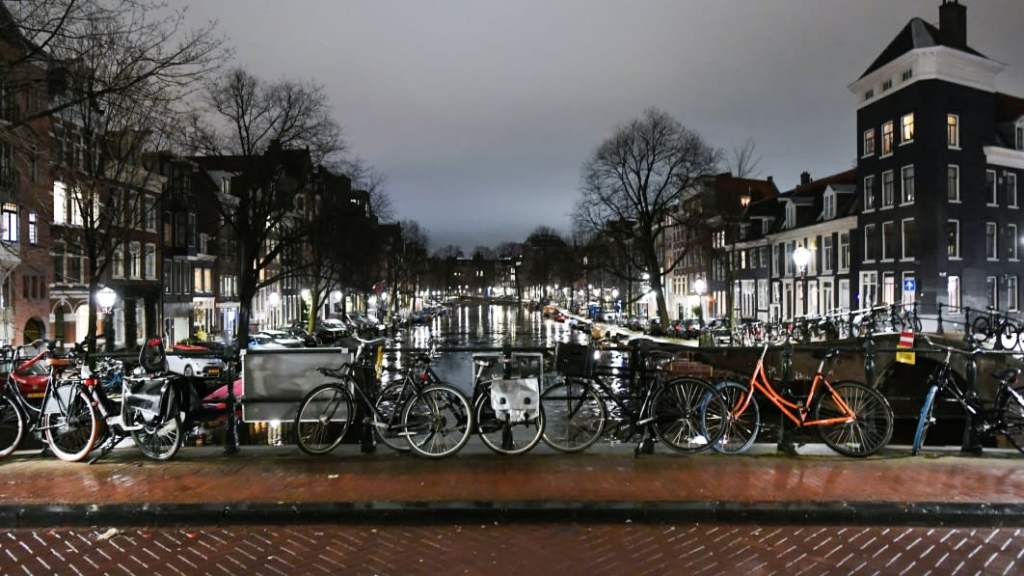Morale of the story, Should we Be more like Amsterdam? Di yata kaya haha
In a city where bicycles outnumber humans, the omnipresence of the machines can be overwhelming. The bikes of Amsterdam cluster at every curbside, line canals and bridges, and sweep silently around you when as you stroll. The urban fabric is saturated with cyclists, flowing through a complex network of bike-optimized lanes, paths, fietsstraten and woonerfs in numbers that can astonish — and intimidate — newcomers.
“You are here in the bike capital of the world,” Meredith Glaser announced to a gaggle of attendees at the Bloomberg CityLab conference in the Amsterdam this week. More than 60% of trips in the city happen on bicycles, she told us. As the director of the Urban Cycling Institute at the University of Amsterdam, Glaser helped develop an online course called Unraveling the Cycling City, which aims to explain how the Dutch transformed their transportation infrastructure to bring the bike to the top of the mobility food chain.
To tell that story — and show how other cities could follow the Dutch example — she led a group of neophyte riders on a field trip through the city’s streets at dawn.
Many of us were uneasy about setting off on an urban ride bare-headed. Why no helmets? “Look at the bikes you’re riding,” Glaser said.
We rolled out on standard-issue Dutch “black bikes” — utilitarian machines with big fenders, single gears and enclosed chains. Built for comfort and not speed, they allow the rider to sit upright; most riding mishaps are broken wrists, not head injuries, Glaser assured us.
As we clattered out along the cobblestones, we got a taste of why bikes are so well-suited to this environment. Cruising along the historic district’s ancient lanes and bridges in the early morning, it was easy to chat with companions and take in the scenery.
Dutch cycling, Glaser told us, is very social: Communication with fellow travelers, via eye contract and gestures and speech, is what allows riders to negotiate often-packed paths without incident. There’s no barking “on your left!” when passing; riders just flow silently past. At a red light, we were told to “herd the intersection” — pile up as tightly as possible, to make space for incoming riders.
Leaving the historic district, cobblestones gave way to the red pavement of a bike path running alongside a tram line. In this early hour, only a few other riders were out — parents with tiny kids tucked into child seats, sleepy commuters distractedly munching bagels or scrolling through phones, children pedaling to school in packs. I passed a bakfiet (“box bike”) with a huge happy dog standing in the front cargo hold, like a figurehead on the prow of a Dutch galleon. Hey, this was easy!
“Wait about an hour — we’ll see some pressure on the network,” Glaser said.
Instead of a pedal-powered utopia, Amsterdam is “a regular city,” Glaser said. “People will do what they want to do and try to get away with it.”
But critically, this is a city and country that has managed to bring bicycling into the urban transportation conversation at a level that avoids the political polarization that is so inescapable in American life. Here, accommodating those on two wheels is less an ideological statement than a prerequisite for basic functionality.
“Bikes in public space isn’t a left-wing or a right-wing thing,” Glaser said. “It’s just what is done.”
- Score Ranking
- Registered Ranking
80522




